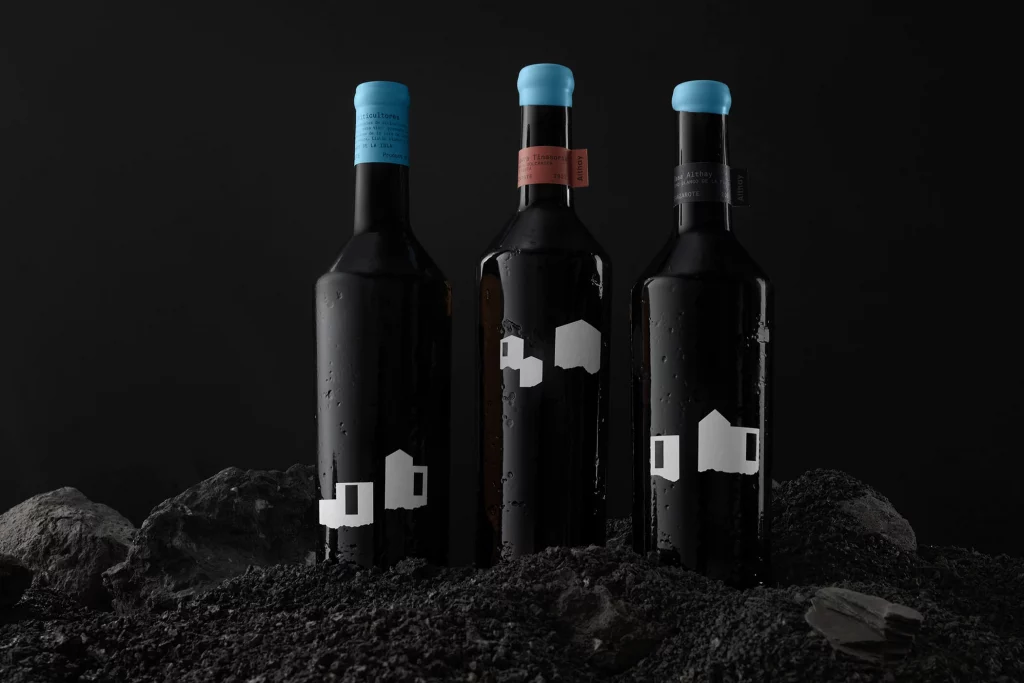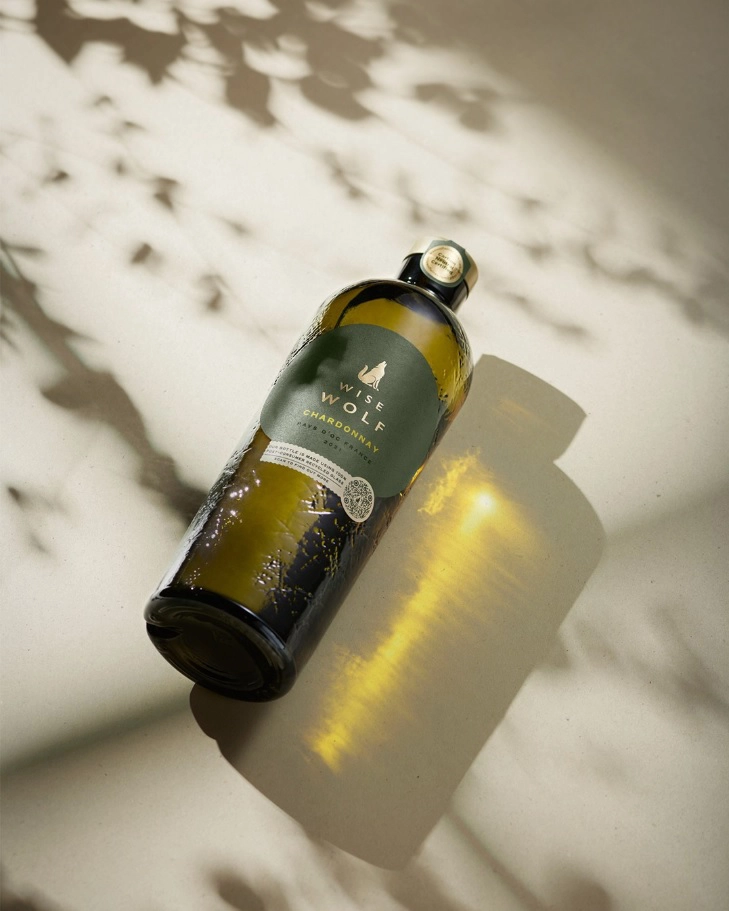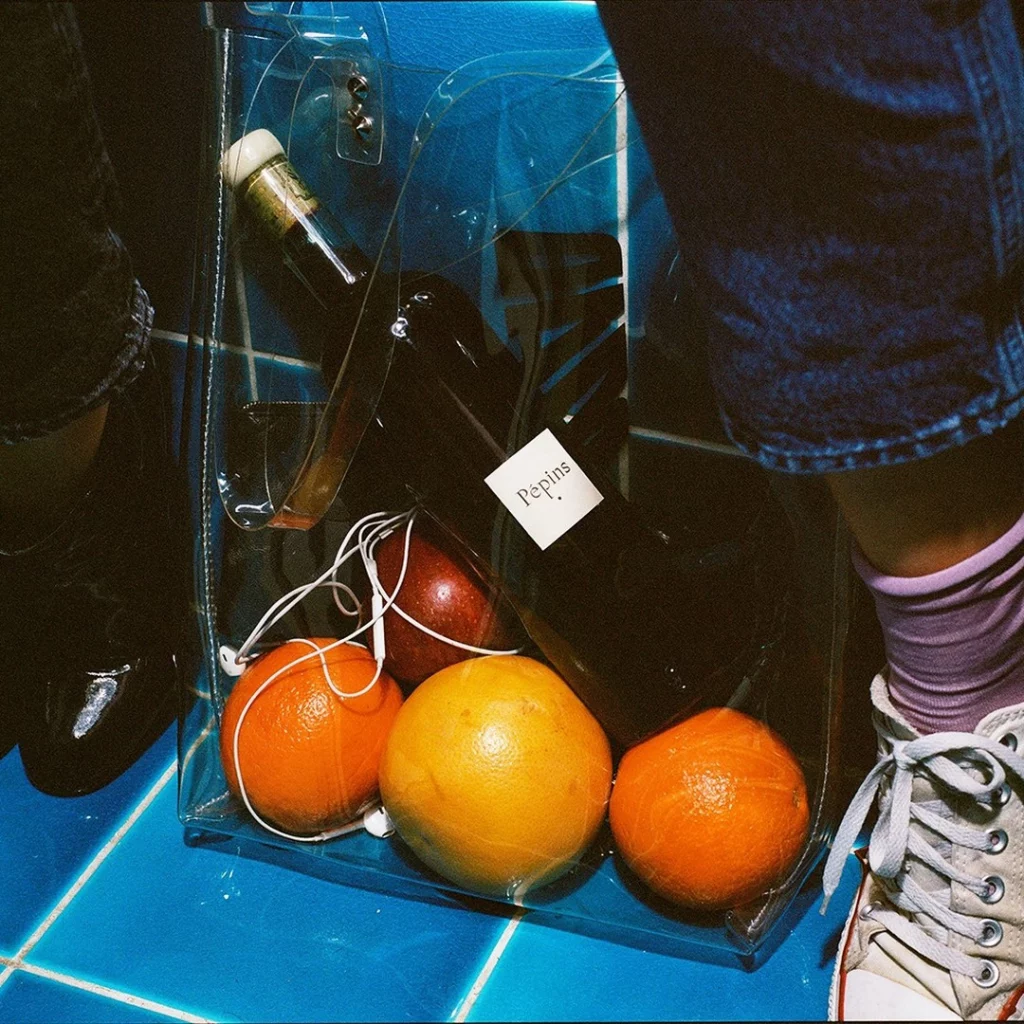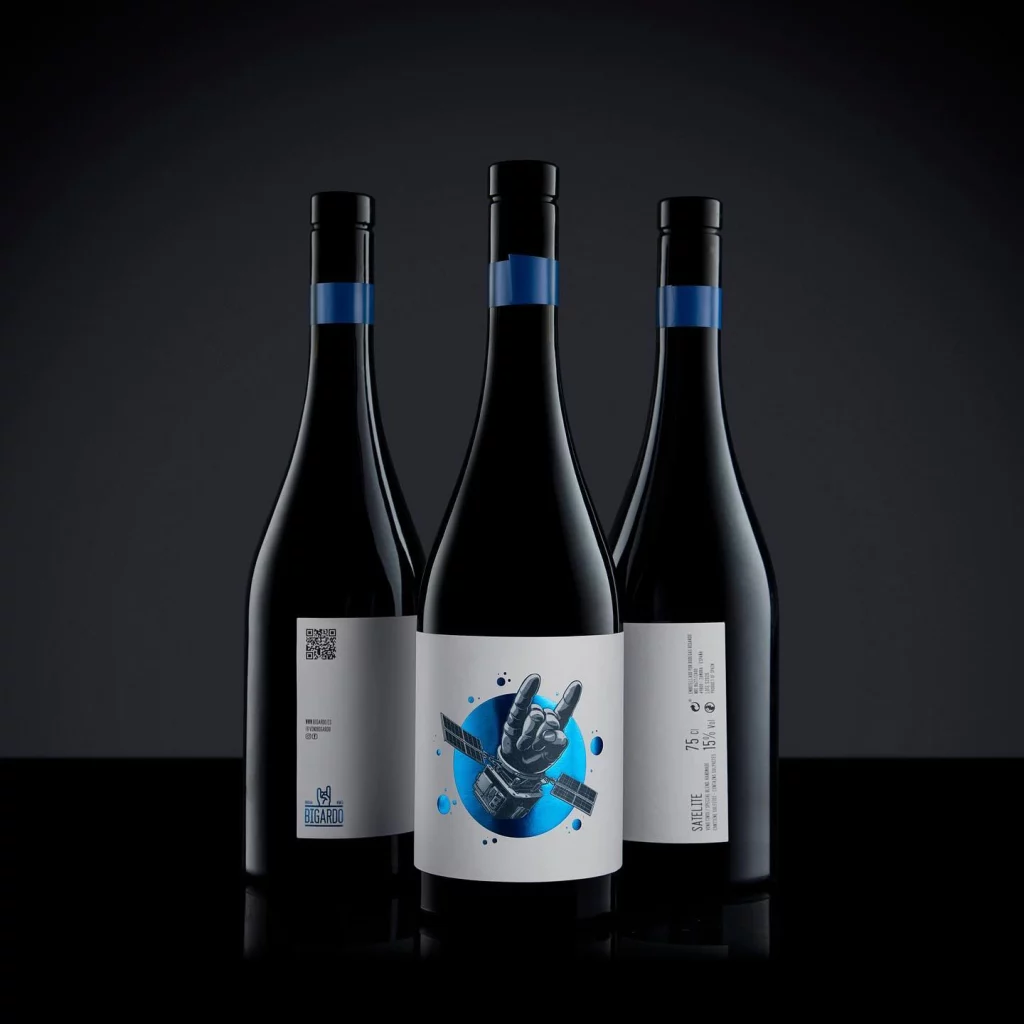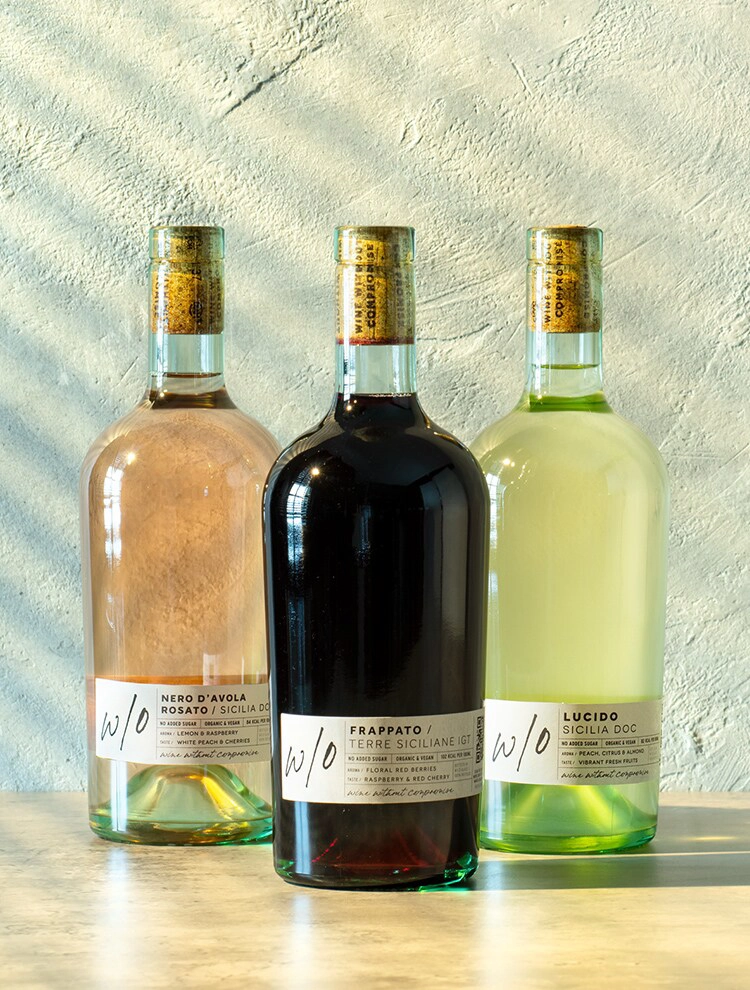For decades, the wine bottle was almost sacred: a form steeped in ritual, tradition, and centuries-old codes. Its shape was rarely questioned. Creativity focused on the label, while the glass remained a silent vessel. But today, this is changing. New trends in structural packaging are transforming how wine is presented and how consumers connect with it.
Consumers seek memorable experiences. The bottle must express the identity of the brand and the character of the wine. This shift is driving wineries and designers to rethink the role of the packaging itself.
Several trends are shaping this evolution:
1. Lightness and sustainability
Glass bottles are becoming lighter to support sustainability goals and reduce transport costs. The challenge lies in maintaining an elegant presence while adopting more efficient solutions.
2. Minimalism as a code of premium quality
Simplified labels, refined structural lines, and balanced proportions are replacing heavy ornamentation. The visual language of quality today is built on clarity and restraint.
3. Tactile storytelling
Textures are playing a central role in the experience of the product. Embossing, reliefs, and surface finishes enrich the sensory interaction, inviting touch and creating a lasting impression.
4. Expanding visual identity
Design now extends beyond the label. Engraved typography, direct printing on glass, naked necks, and distinctive silhouettes contribute to a more cohesive and recognizable brand presence.
5. Authenticity and coherence
Consumers value wineries that remain true to their origins and consistent in their expression. A well-designed bottle reinforces authenticity and builds emotional connections with its audience.
The wine bottle is a medium for storytelling and differentiation. Its shape, texture, and weight all influence perception and create expectations. In a competitive market, every detail of the packaging plays a strategic role.
As we continue to explore these trends, we’ve gathered a few examples from the market that incorporate DSIGNTANK technologies to illustrate how thoughtful design choices are shaping the future of wine packaging.
